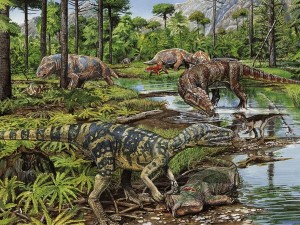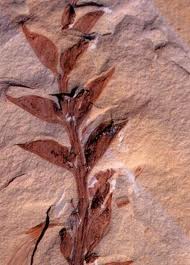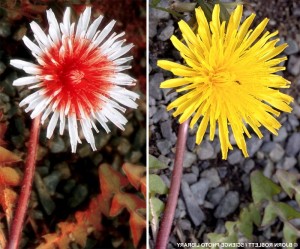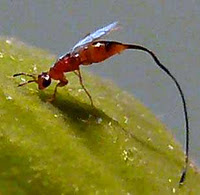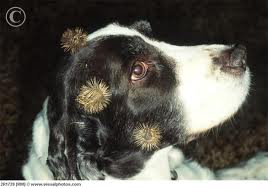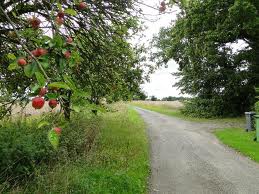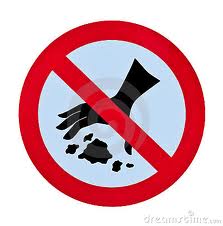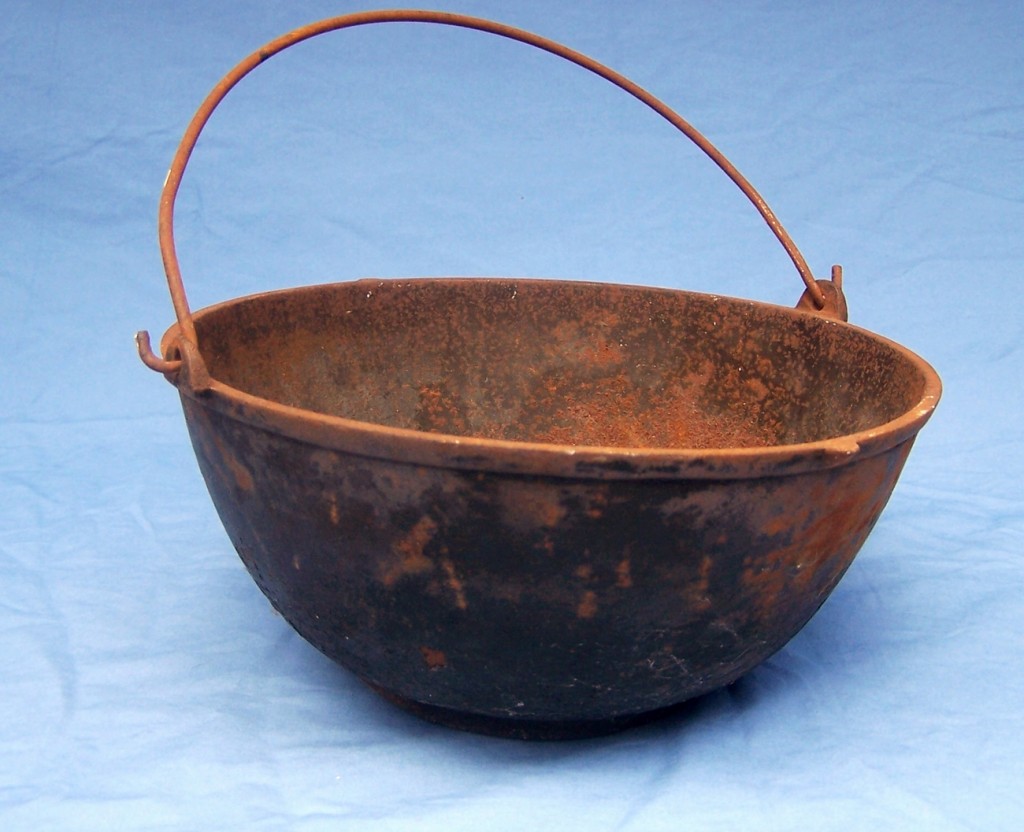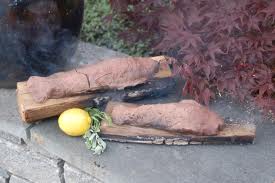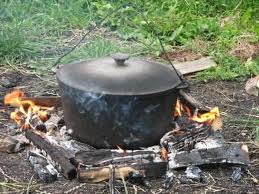Why sudy with someone? Because student foragers see what they want to see rather than what’s in front of them. Let me give you a consistent example.
There are two plants which really do not resemble each other save for one feature: Each has tiny stinging hairs. Otherwise the plants are quite different. One tends to have small oval to lance shaped leaves with teeth, the other has large hand-shaped leaves without teeth. One likes a moist environment, the other a dry one. Their size can vary greatly. Their blossoms are very different. They are also in different families. They really do not look alike.
Confusing these plants is not like confusing a large pony for a small horse. It’s on par with confusing a wolf and a mountain lion because they each have yellow eyes. Yet in less than six months I have had three reports of this confusing happening, all because of the stinging hairs. The reports also have one other amazing aspect in common: No one died, or even got sick from eating the wrong part of the misidentified plant. In fact, they liked it.
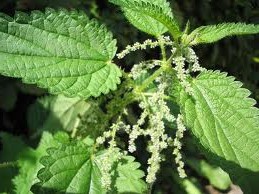
Urtica dioica, common stinging nettle
Whenever one can add another weed, or part of a weed, to the edible list that is good. The two plants that are being confused are the common nettle (Urtica dioica) and the spurge nettle (Cnidoscolus stimulosus.) The Urtica clan grows around the world and has been used by man where ever it is found, not only for food but as cordage and as a medicine. The stinging hairs present quite a problem. Most folks boil the leaves for a few minutes to render them harmless. The entire plant, however, can be wilted before a fire and made edible without having to boil it. There isn’t much mystery left to the Urticas as they have been used for thousands of years and are well-recorded.
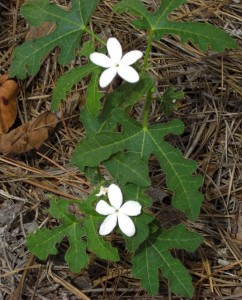
Cnidoscolus stimulosus, spurge nettle
Then there is the “spurge nettle” related in name only. It comes from a family (Cnidoscolus) commonly found in the warmer areas of the Americas. In the southern United States there are two “spurge nettles” basically one east of the Mississippi river, and one west of the Mississippi river. The C. stimulosus is east of the mighty muddy, and the C. texanus west, with some overlap. What we know about the C. stimulosus is that its root can be eaten after being boiled. What we know about the C. texanus is that its seeds can be eaten after being roasted (or otherwise cooked.) But we don’t know if the C. stimulosus seeds are edible or if the roots of the C. texanus are edible. However, there was a 1954 study that suggested there were no toxins in the C. texanus root and it should be investigated as a possible food source. A 1957 study also looked at the seed oil of the C. Texanus. It was higher linoleic acid and lower in saturated fat than cottonseed oil, has antioxidants, is high in protein but absent of carotine and ascorbic acid. Specifically the oil was 71% linoleic acid, 15·5 % oleic acid, 10 % palmitic acid, and 3 % stearic acid.
At this point we have two minor mysteries, is the seed of the C. stimulosus edible and is the root of the C. texanus edible? It would be a tad odd that these two closely related species would have dissimilar edible parts though admittedly the great Mississippi was barrier enough so that over time two species did arise. Being in the same genus does not confer edibility, some times a variation within a species can make an edible plant not edible, the Dioscorea bulbifera might be a good example.
If the respective seeds and roots of these two species were not mystery enough then we add three reports to me in 2009 from people saying they ate the leaves of the C. stimulosus! (Amounts and size of persons is unreported.) One put them through a blender, made a smoothie, and drank them raw, the other boiled them then enjoyed. Each thought they had consumed an Urtica. (One showed a friend the plant who knew the difference, and the other sometime later noticed the Urtica and Cnidoscolus were different species.) They both reported them good and neither person reported any ill effects. This is not beyond the realm of possible. The third person told me he and his grandmother used to fry the leaves and eat them.
The leaves of a Central American relative, the chaya (Cnidoscolus chayamansa), are edible if cooked or mashed up and allowed to sit for a few hours to remove some cyanide. (As blending is total cellular disruption it might speed up the curing process.) Since the leaves of the chaya are used as a food, and two people have eaten leaves of the C. stimulosus, this would suggest we investigate the C. stimulosus leaves as a possible wild food. And if the leaves of the C. stimulosus are edible, what of the leaves of the C. texanus?
Let us suppose for a moment that it is all true, that the roots, seeds and leaves of both the C. stimulosus and C. texanus are edible. If so, how was that information lost, if ever known?
I can understand native peoples not eating the foliage of either because of the stinging hairs, and they do sting badly. (Some chayas have stingers and some do not.) Yet these same people ate Urticas, which also sting. The seeds of C. texanus are encased in a very well-armed seed pod, yet they, too, are known to be edible. One saving grace of the C. texanus seeds is that they can be roasted rather than boiled (unlike perhaps leaves) so primitive man with fire might have learned of the seed’s edibility. Clearly stingers have not excluded plants or parts as food. The question maker, in practical terms, is the C. texanus root.
Roots are prime wild food, now and in the past, especially in the past. Roots and creatures that moved sustained humanity. We know the C. stimulosus, which produces a small root in comparison to the C. texanus, is edible. That knowledge was passed down from the first foragers. More so, the C. texanus roots grows quite large. That means it should have been an important food root to the first foragers if it is edible. Such an important root surely would have been mentioned. It would seem highly unlikely that early foragers would have discovered the edibility of the C. texanus seeds but not its root yet know of the edibility of the C. stimulosus root but not its seeds. That’s all rather irrational if all is edible.
Another possible explanation for these mysteries could be early historians or — gasp –botanists. Were these two plants always known as separate species? Who did the historians and/or botanists talk to and where and when? Was the information lost, just parsed out and missed, or are different parts not edible? Did the first foragers know of the edibility and did the knowledge die with them because someone did not ask the right questions about the right plant? It might be worth a PhD thesis.
So we have several mysteries. We have a plant that grows a large root (C. texanus) that would have been very valuable to the first foragers that is not known as edible but research suggests it is edible and a potential large food source. To the contrary we know the smaller root of its species sibling, C. stimulous, was eaten (I have had a few. The flavor resembles pasta.) Then the seeds of the C. texanus are known to be edible and are reported to be very tasty. Regarding the edibility of the seeds of the C. stimulosus, we know little or nothing though they are as obvious on the plants as on their relative.
And lastly the leaves… taken at face value, we have two different people reporting they mistook the C. stimulosus for an Urtica and consumed it with no ill effects, one blending, one boiling. And one report of eating them without any identity mistake. Are they really edible? And if so, what of the leaves of the C. texanus? The consumption of the chaya suggests it is possible. Again, was such edibility unknown, or unreported? Or perhaps the leaves are not edible. I would also think they should not be wilted even if edible for while that might render the sting stingless it probably would not take care of the cyanide issue.
You see, not all is known even now about the wild edibles around us. I just wish folks would be more careful about identifying plants. Dogs and cats do look different.


